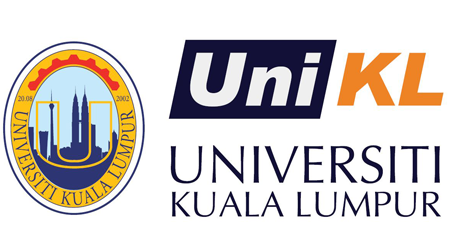INTRODUCTION
This blog was created for our research purpose. We are students from University Kuala Lumpur Business School who currently taking this subject for semester 7, October 2021. In this blog, we want to share some journals about the element that dominant sustainable e-commerce purchasing for the Malaysian fashion industry. This blog would act as a platform for us to show you how we began our research and settled on a subject from the beginning to the end. The purpose of this study is to examine the sustainable of e-commerce purchasing in Malaysian fashion industry. We believed fashion industries is the one of industries will not be affected by the Covid 19 crisis . In fact, it will continue to grow due to rise of technology today that the reason why we choose this topic for our research.
PROBLEM STATEMENT:
In Malaysia, online fashion selling
accounts for a significant portion of overall online sales. With the constant
rise of the industry, most conventional merchants have understood that the
internet will become a significant marketing medium (Tung, 2012). Since the
outbreak of the Covid-19 pandemic across the country, e-commence has become
increasingly popular. The footwear, textile, sportswear, and clothing industries employment
around 60–75 million people throughout the world. China, Bangladesh, and India
are the top garment manufacturing countries, whereas European countries, the
United States, and Japan are the top garment importing countries, according to
the research. countries. Furthermore, nations in Southeast Asia such as
Malaysia, Singapore, Indonesia, and Thailand have profited from this burgeoning
business, which has seen an increase in the number of clothes retailers. For
examples, H&M, Uniqlo, Topshop, Victoria Secret, and more international
companies have stores here. In these nations, GAP has established a substantial
foothold. The internationalization of the clothing industry has created a huge
impact on consumers’ interest and buying behaviour with respect to their
clothing (Subhani, Hasan, and Osman 2011).
Most individuals today are being pushed
to make more efficient purchases by using current smartphone applications to
speed up and simplify things. Due to platforms on social media, transactions
are performed more frequently without touching and visiting businesses that
sell the desired items. It is more efficient and saves energy to wait for the
things to be delivered at the chosen location. Moreover, because it is much
simpler to compare prices online, online customers anticipate a high degree of
online service quality. As a result, online service quality is a crucial
critical consideration for consumers (Santos, 2003). To improve the
competitiveness of online retailers, a thorough understanding of the quality of
online services or the variables that influence consumers' decision to purchase
online should be prioritised. The situation mentioned just now is the current trend since it is
more convenient because everything is at a person's fingertips. Because of the
above argument, most individuals currently have little desire to shop in a real
store because the benefits of shopping online are viewed as being more
advantageous and efficient than shopping in a physical store. As a result, it
is the first problem statement because of the previous information.
Throughout this study, there are three
key components were discovered to have a substantial impact on people's
purchasing patterns in the Malaysian garment sector. People's intents to buy
online have been shown to be influenced by social media, influencer marketing,
and websites. As a result, the second goal of this study is to figure out what
factors influence people's decision to make an online purchase in the Malaysian
garment sector. Finally, identify which platform has the greatest effect on
people's decision to make an online purchase. According to Im and Ha (2011), one of the most
significant characteristics in predicting future consumer behaviour is shopping
or buy intention. Schlosser's prior work from 2003 (quoted in Im & Ha,
2011) revealed that purchase intention can be used as a predictor of actual
customer purchase behaviour.
Research
Objective and Research Question
2.1 Research Objective
RO 1 – To determine
the relationship between social media towards online
purchase
intention in the
Malaysian fashion industry.
RO 2 – To
determine the relationship between influencer marketing towards online
purchase
intention in the Malaysian fashion industry.
RO 3 – To determine
the relationship between website towards online purchase
intention in the Malaysian fashion
industry.
2.2
Research Question
RQ 1
– What
is the relationship between social media towards online purchase
intention in the Malaysian fashion industry?
RQ 2 – What is the
relationship between influencer marketing towards online
purchase intention in the
Malaysian fashion industry?
RQ 3 – What is the
relationship between website towards online purchase intention
in the Malaysian fashion industry?






No comments:
Post a Comment